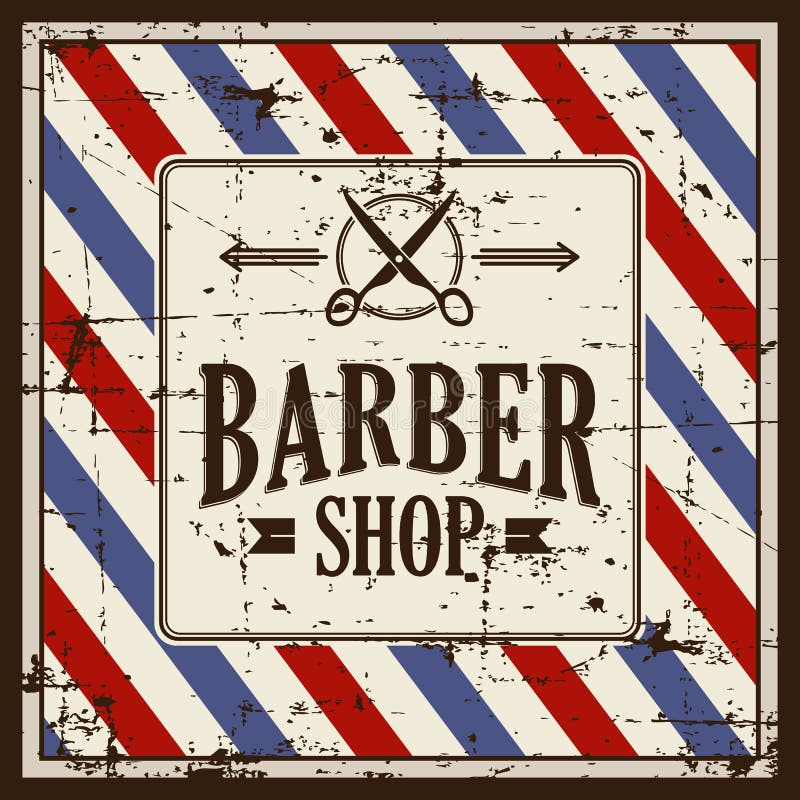Crucial Hygiene Procedures Every Hairdresser Is expected to Apply to Safeguard Client Health
Wiki Article
Cleanliness is a essential element of managing a successful grooming establishment. As experts, barbers are accountable for maintaining a clean space to ensure the protection and hygiene of their patrons. This responsibility goes further than simply sweeping the ground or wiping down areas. It entails recognizing and applying essential sanitation procedures that safeguard both the stylist and their patrons from avoidable health risks. From proper hand-sanitizing techniques to the safe handling of instruments, learning these practices is essential for every hair professional.

Among the most vital sanitation protocols is proper hand hygiene. Stylists should clean their hands carefully with antibacterial soap and running water before and after all client. This helps to remove residue and bacteria but also minimizes the transmission of diseases. In cases where handwashing facilities are not available, ethanol-based hand sanitizers can be utilized as an alternative. It is important to focus on sections such as under the nails and between fingers, as these spots can harbor germs. Regularly educating staff about the significance of hand hygiene can greatly contribute to a healthier barbershop setting.
In addition to hand sanitation, proper cleaning and disinfecting of equipment are crucial in a barber shop workspace. All instruments, including clippers, shears, and styling tools, should be sanitized following each service with soap and running water, subsequently disinfection using approved solutions. Sanitizing agents should be officially certified for effectiveness against germs and bacteria. It is also important to store equipment in a clean way, guaranteeing they do not come into contact with unclean spaces. By diligently sanitizing and decontaminating instruments, hair professionals can reduce cross-contamination and protect their customers healthy from infections.
One more important practice is ensuring cleanliness inside the grooming establishment itself. This involves regular upkeep practices for all spaces such as chairs, counters, and lobby spaces. Floors should be brushed consistently, and spills should be cleaned up at once to reduce Continue Reading slips. Waste bins must be cleared regularly to eliminate foul odors and vermin issues. Making sure that the shop is adequately ventilated helps maintain air quality, creating a more comfortable environment for patrons. A clean shop not only promotes safety but also improves the overall image of the barbershop.
In conclusion, grooming specialists should stay informed about safety standards and guidelines from regional agencies regarding hygiene procedures. Participating in seminars can enable barbers to keep up-to-date on current best practices in cleanliness. Having awareness about infectious risks and how to respond to critical events can further strengthen patron well-being. Promoting an atmosphere that values health and safety shows professionalism and establishes trust with clients who wish to return for future services.
Mastering critical hygiene standards is vital for each grooming professional who wants affordable barbershops to provide a healthy environment for their customers. By prioritizing correct hand care, consistent sanitizing of instruments, ensuring shop sanitation, and staying informed on safety guidelines, barbers can greatly minimize potential dangers in their barbershops. In the end, these measures not only safeguard customers but also support a barber's professional success. A commitment to sanitation demonstrates a focus to quality service that clients will appreciate and remember.